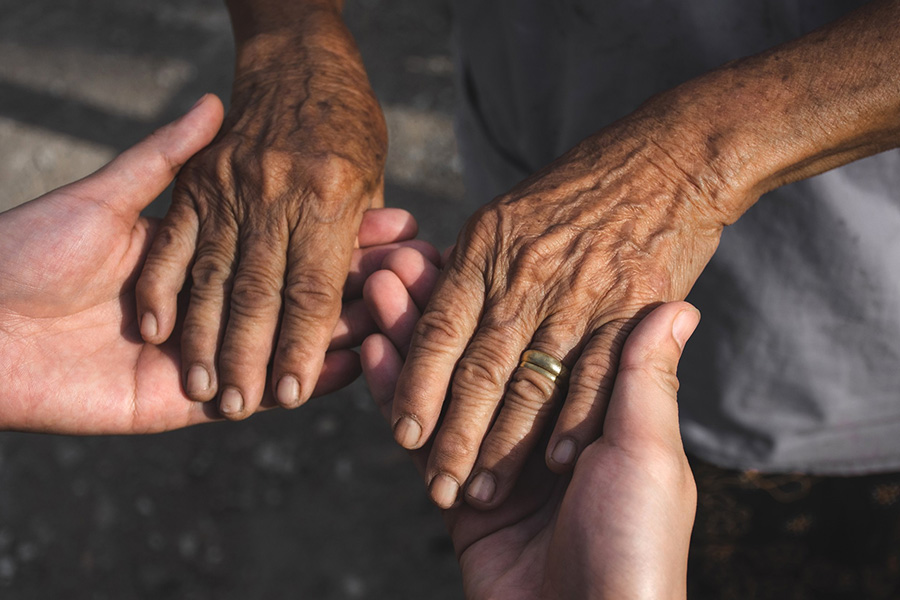
The findings highlight the multidimensional and multidirectional experience of aging and the diverse needs of older persons in the Indian context.
Authors
Shilpa Bandyopadhyay, Assistant Professor, Jindal Institute of Behavioural Sciences, O.P. Jindal Global University, Sonipat, Haryana, India
Kamlesh Singh, Department of Humanities & Social Sciences, Indian Institute of Technology Delhi, New Delhi, India.
Summary
India is aging. The growth of India’s older population has increased our concerns about their well-being. While it is critical to explore the diverse needs and aging experience of older Indians, their voices are largely missing in the aging literature. In this context, data was collected from 63 community-dwelling and OAH residing older men and women of Delhi NCR to understand their aging experience, views about old age and perceived need for government intervention in old age care and support.
Reflexive thematic analysis of their aging experience and perception of old age generated five themes and six sub-themes: The aging body encompassing three sub-themes “the older we become the more diseases we have”, “the ointment called positive thinking”, “women’s quest for self-care”; Psychological gains and social losses; Affiliation, distraction and anticipation; The aging parent and the adult child comprising three sub-themes “filial relations—quality and quantity”, “children these days and their mobile phones”, “our daughter shows us more love and care”; and A time for religious and spiritual devotion.
Lastly, the analysis of their perceived need for government support in old age care generated five sub-themes – Political cynicism, I was a private employee but am I not a part of this country? Government or Private Hospitals: A no-win situation, Everyday life and Reforms in OAHs. The present findings highlight the multidimensional and multidirectional experience of aging and the diverse needs of older persons in the Indian context.
Published in: Journal of Human Behavior in the Social Environment
To read the full article, please click here.

